Dinner
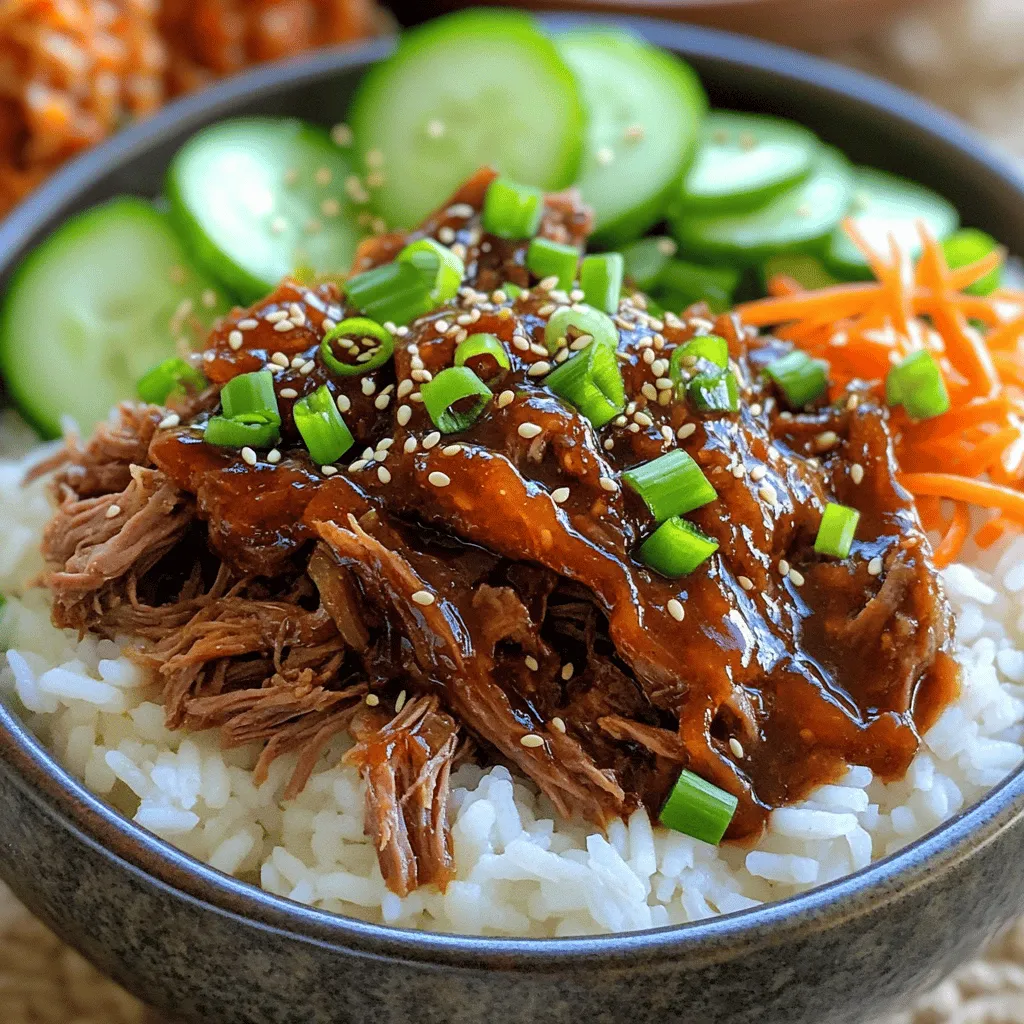
Slow Cooker Korean BBQ Beef Bowls Flavorful Delight
Are you ready to impress your taste buds? Dive into the world of Slow Cooker Korean BBQ Beef Bowls! This dish features tender beef chuck
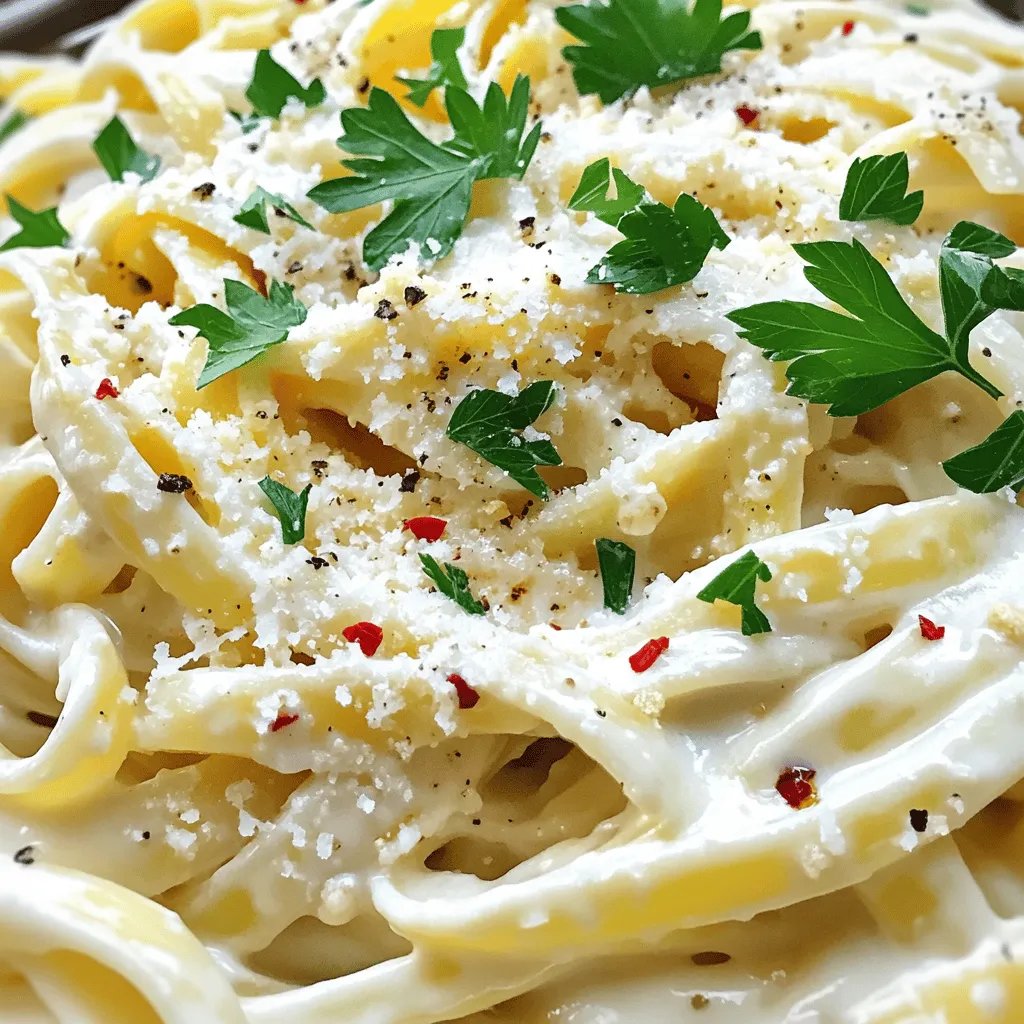
Whipped Cottage Cheese Alfredo Pasta Creamy Delight
Are you ready to enjoy a creamy pasta dish without the guilt? My Whipped Cottage Cheese Alfredo Pasta offers a delicious twist on classic Alfredo
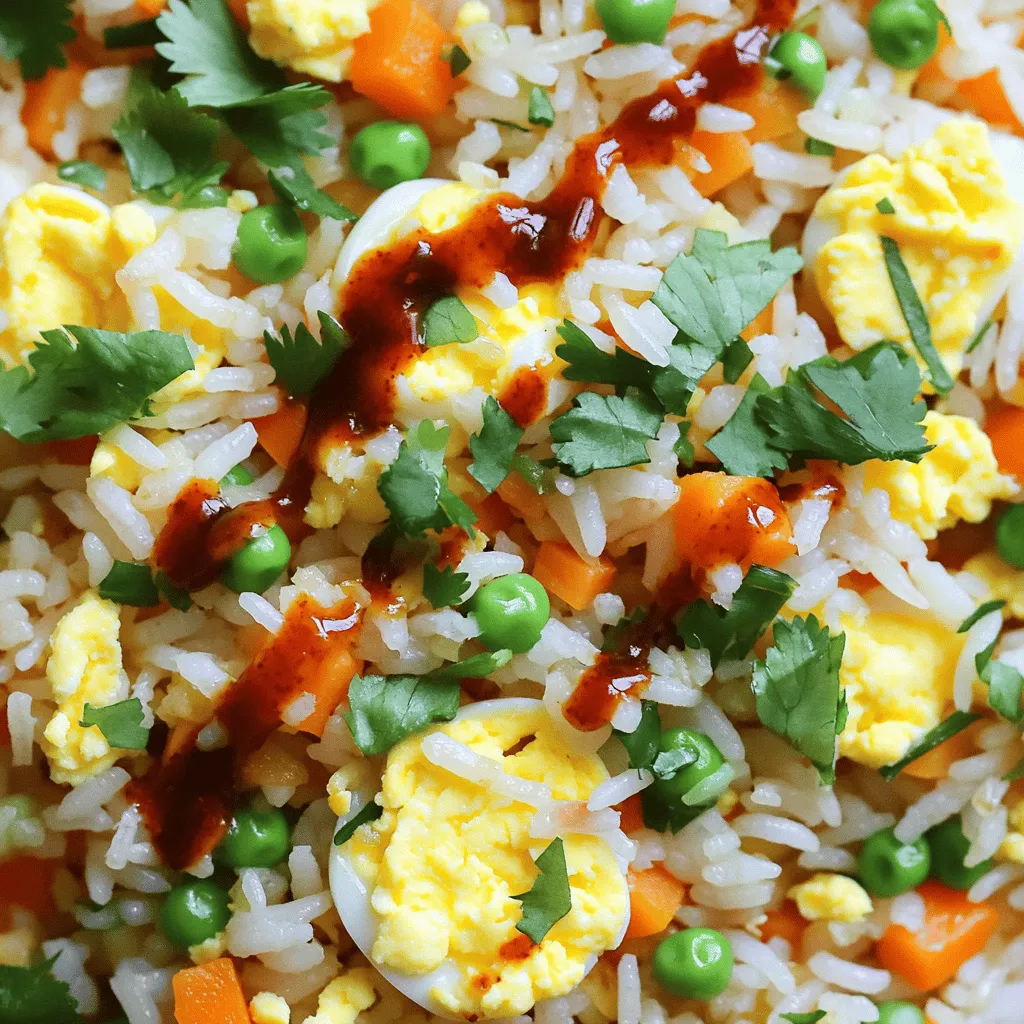
Minute Chili Crisp Egg Fried Rice Simple and Tasty
Are you craving a quick and tasty meal? Look no further than Minute Chili Crisp Egg Fried Rice! This recipe combines fluffy jasmine rice, soft
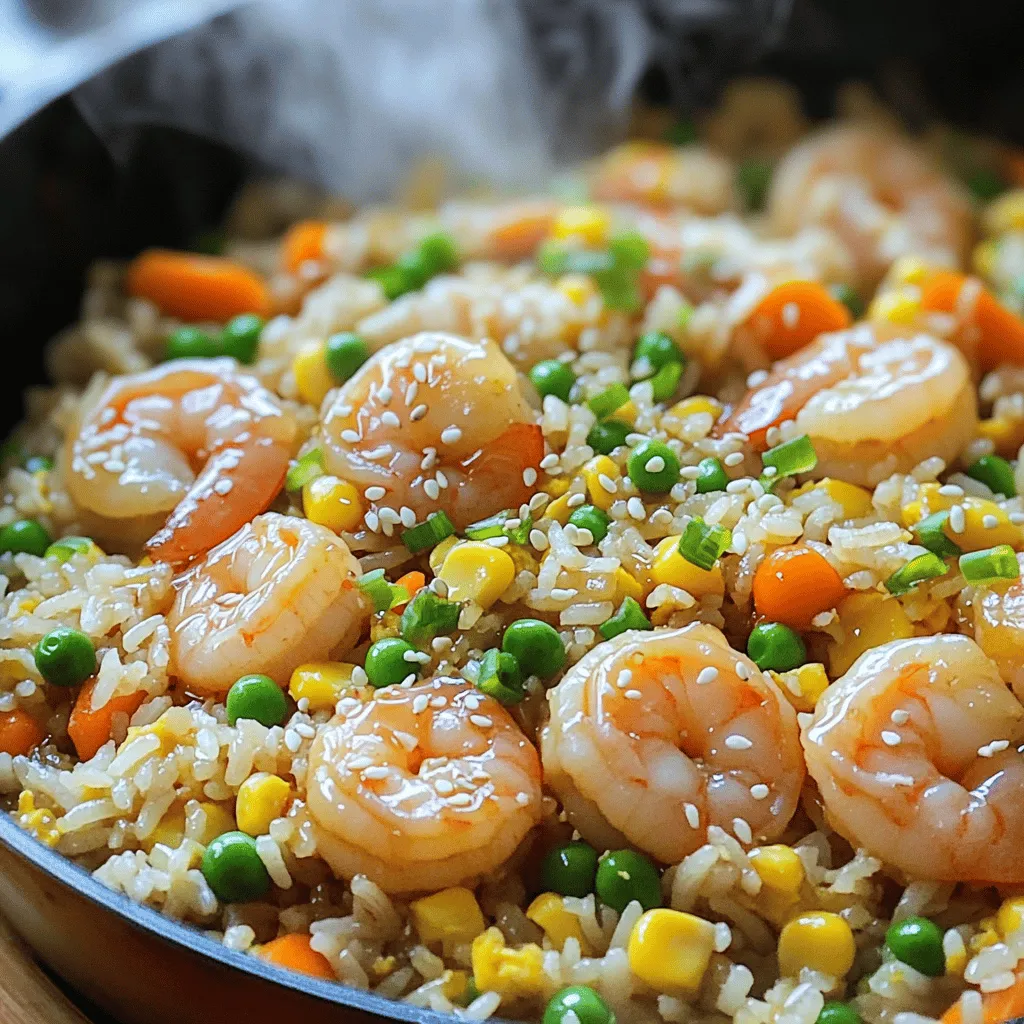
Honey Garlic Shrimp Fried Rice in 15 Minutes Delight
Craving a quick and tasty dinner? Honey Garlic Shrimp Fried Rice in 15 minutes is simple and delicious! With fresh shrimp, vibrant veggies, and a
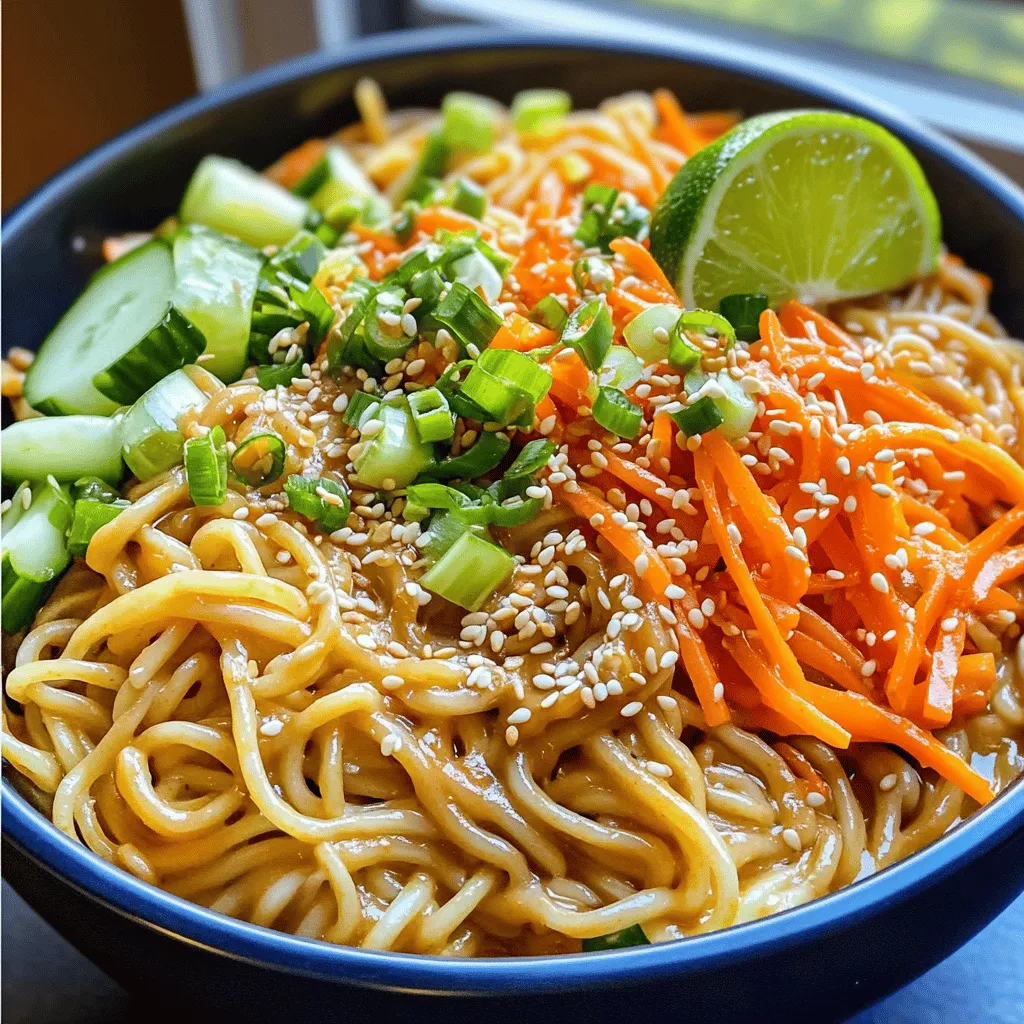
Spicy Sesame Peanut Noodles Delightful and Easy Recipe
Are you craving a quick, delightful meal that’s better than takeout? Look no further! My Spicy Sesame Peanut Noodles recipe combines simple ingredients with bold
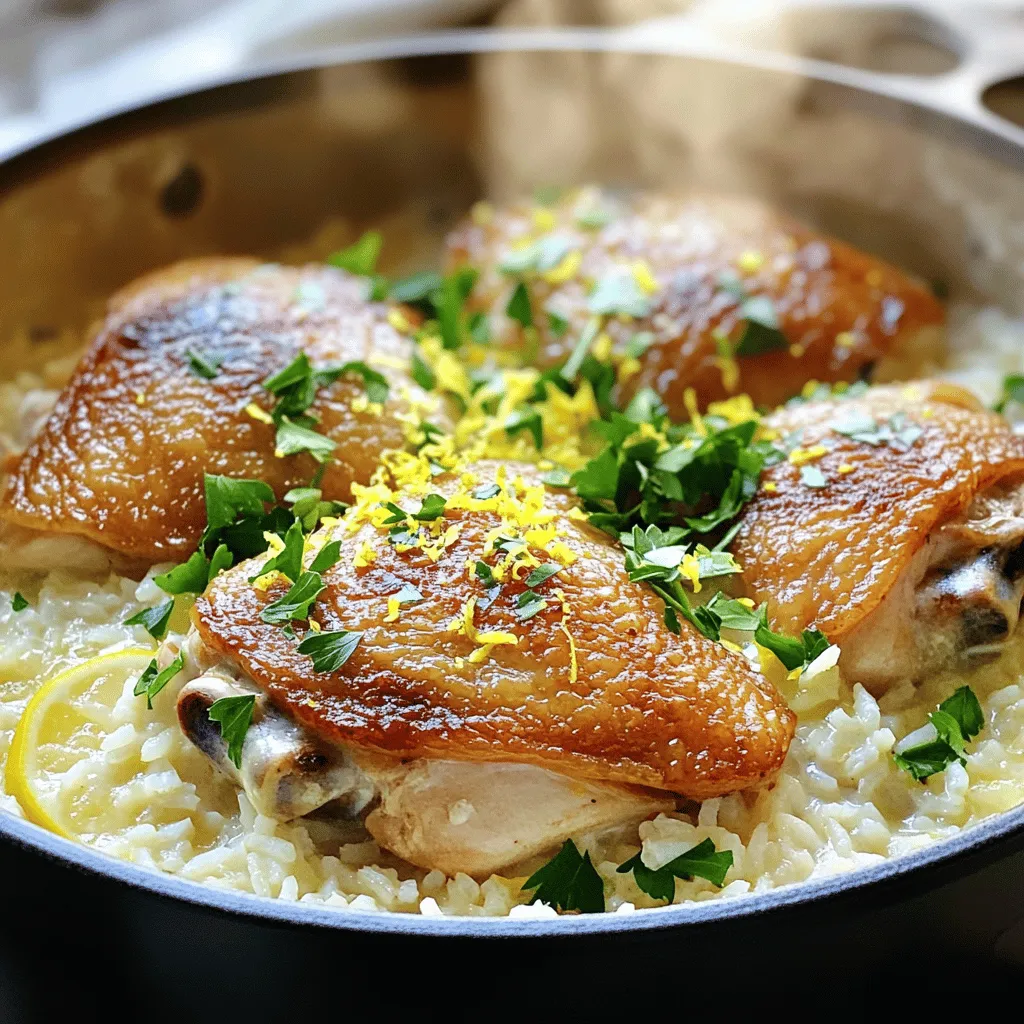
Creamy Lemon Garlic Chicken and Rice One Pot Meal
Craving a quick, flavorful meal that’s easy to make? Look no further! This Creamy Lemon Garlic Chicken and Rice One Pot Meal is your answer.
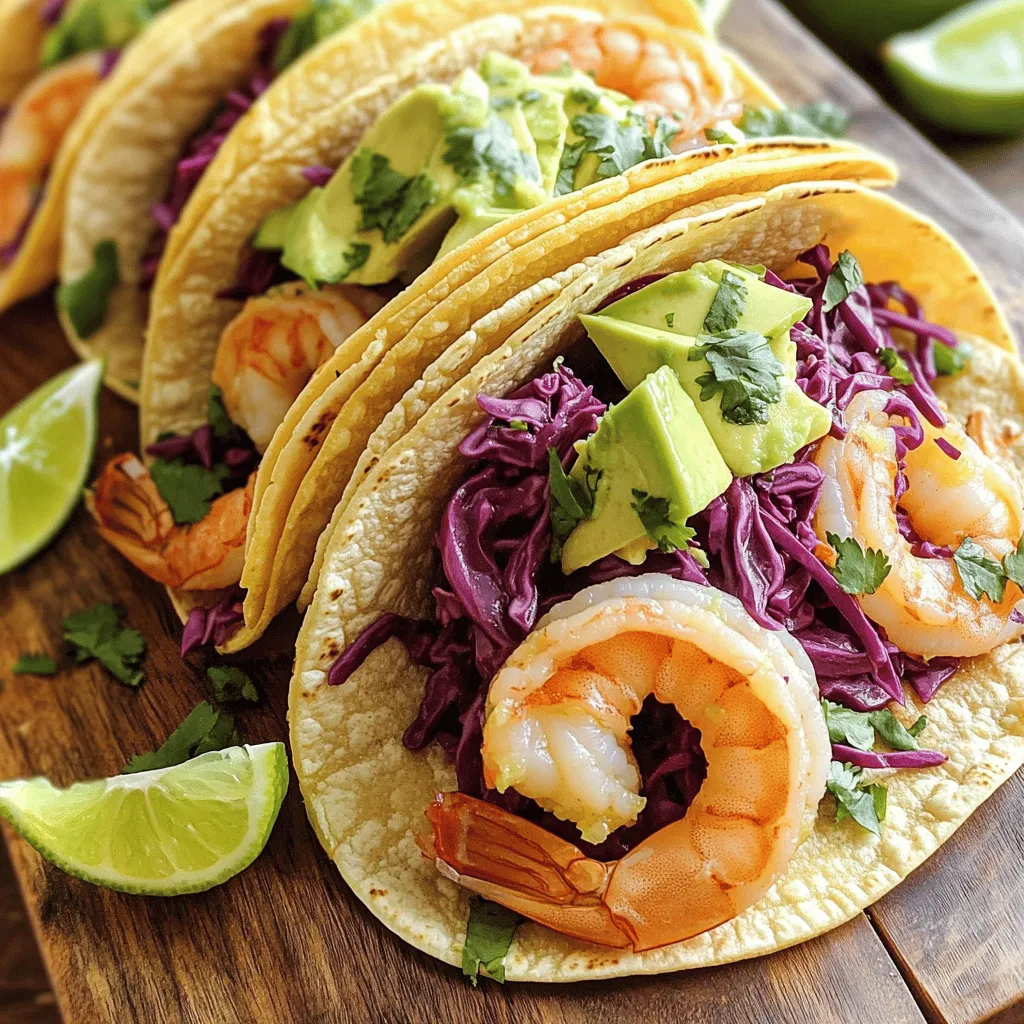
Zesty Lime Shrimp Tacos Flavorful and Easy Recipe
Looking for a tasty meal that’s easy to make? You’re in the right place! In this article, I’ll show you how to whip up zesty
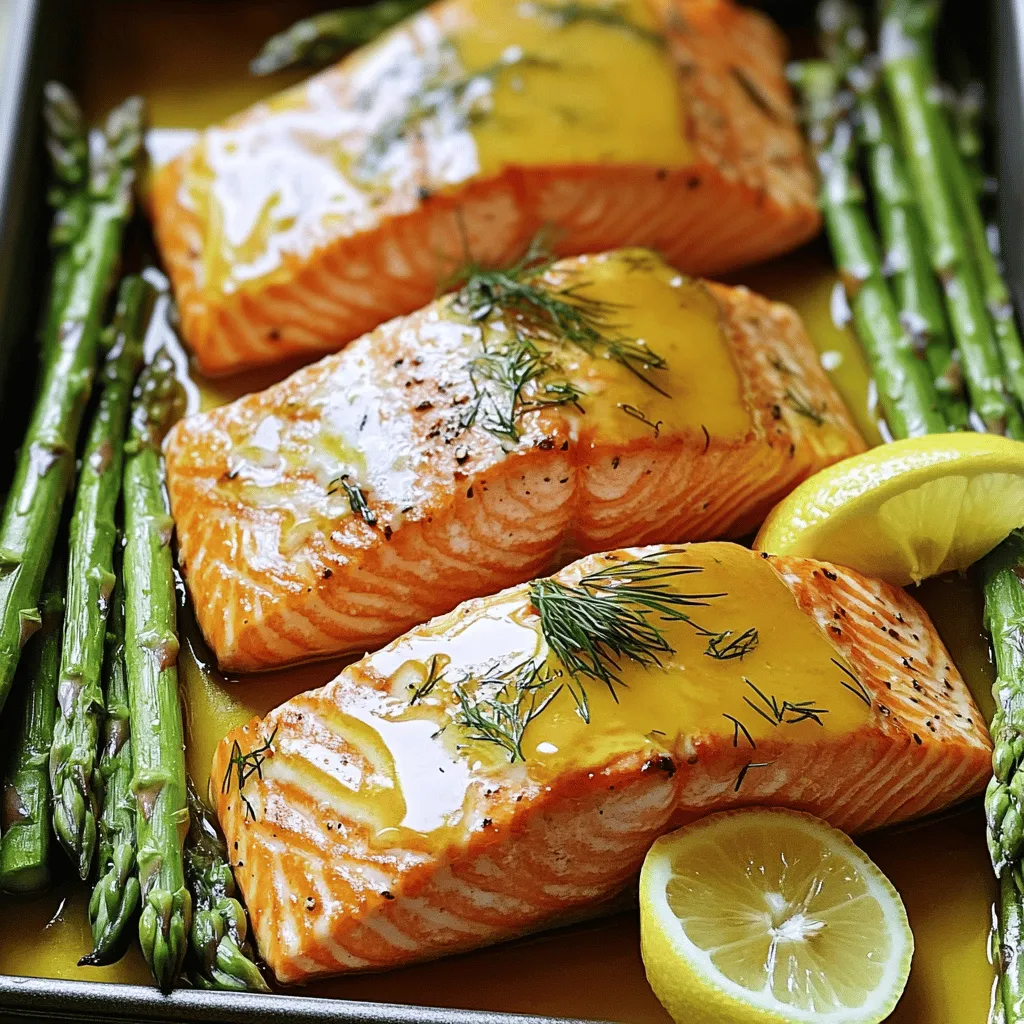
Lemon Dijon Salmon with Asparagus Flavorful Delight
Ready for a flavor-packed meal? This Lemon Dijon Salmon with Asparagus is a treat for your taste buds! With fresh salmon, crisp asparagus, and a
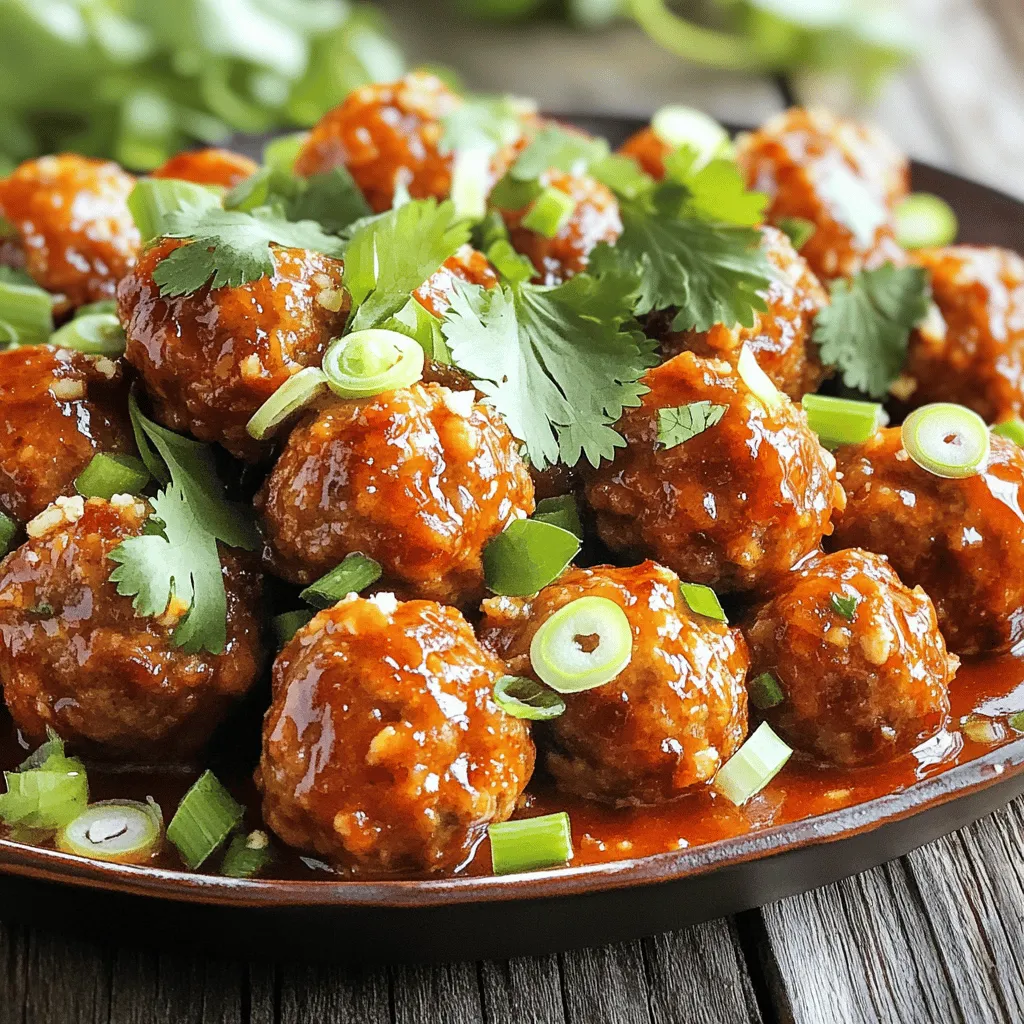
Slow Cooker Sweet Chili Meatballs Flavorful Dish
Are you ready to make dinner time special? My Slow Cooker Sweet Chili Meatballs are bursting with flavor and easy to prepare! You can enjoy
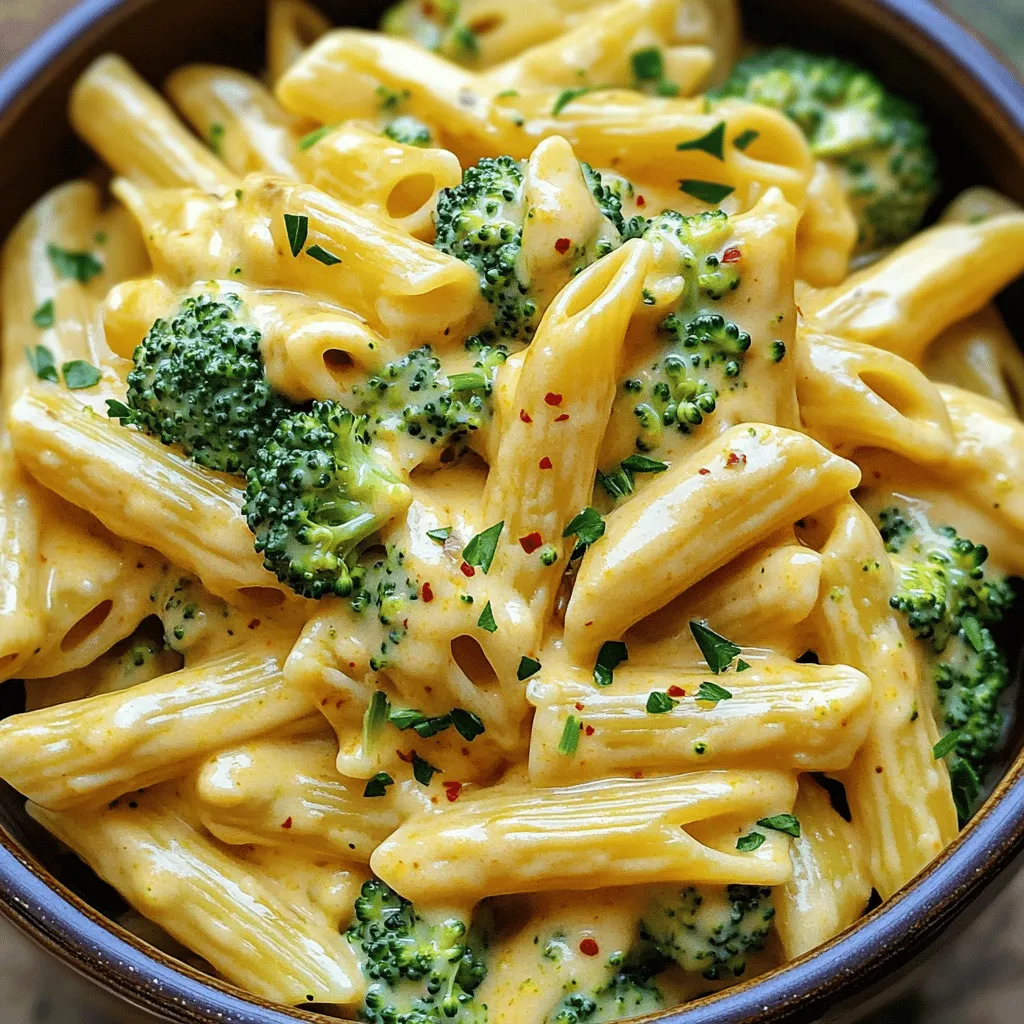
Creamy Broccoli Cheddar Pasta Quick and Tasty Meal
Looking for a quick and tasty meal? You’ll love this creamy broccoli cheddar pasta! It’s packed with flavor and comes together in no time. Whether